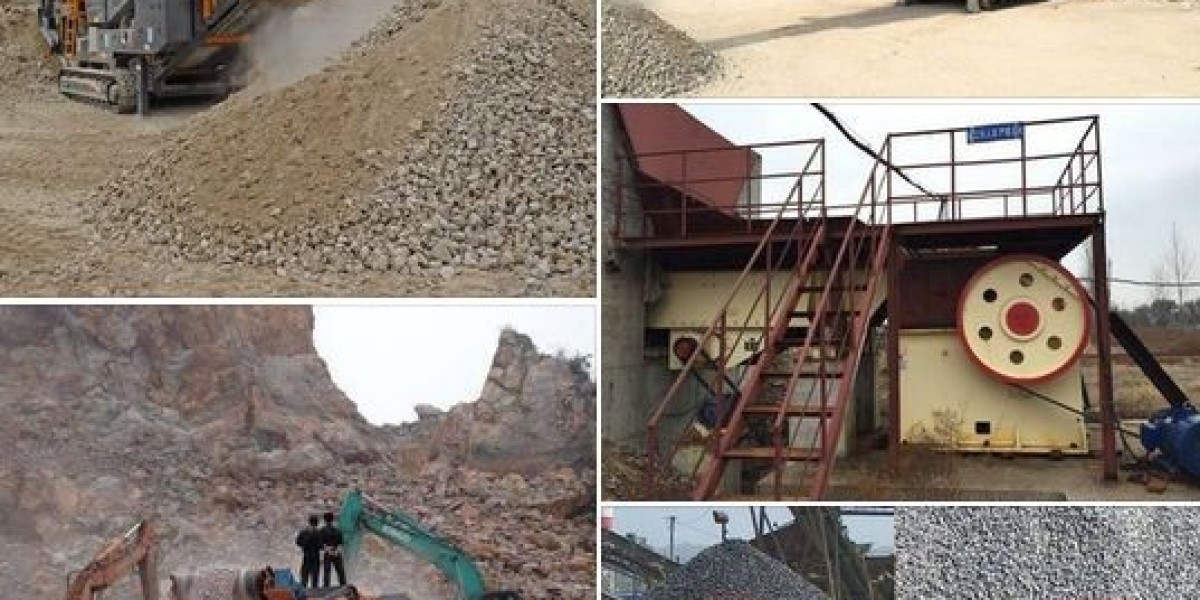I. Introduction
Define porous/permeable paving: paving systems that allow water to infiltrate through joints, voids, or porous material into the sub-base.
Why it matters: stormwater management, urban flooding prevention, sustainability, and groundwater recharge.
Growing demand: climate change, stricter environmental regulations, and eco-conscious landscaping.
II. Types of Permeable Paving Systems
Permeable Interlocking Concrete Pavers (PICP)
Concrete pavers with small gaps filled with aggregate to allow infiltration.
Porous Asphalt & Concrete
Special mix design with higher void content to allow water passage.
Natural Stone with Permeable Joints
Flagstone, cobblestone, or cut stone installed with permeable jointing material (sand, gravel, resin-bound aggregates).
Gravel & Stabilized Stone Systems
Loose gravel with stabilizing grids or honeycomb structures for traffic-bearing capacity.
Green / Hybrid Solutions
Grass pavers, turf grids, or mixed stone-and-vegetation systems for parking or light traffic.
III. Key Installation Components
Surface Layer: stone, pavers, or porous concrete.
Joint Fillers: gravel, sand, resin-bound aggregates.
Base/Sub-Base Layers: graded aggregate for water storage and filtration.
Geotextile Layers: to separate soil and aggregate, preventing clogging.
Drainage Outlets: optional underdrains for areas with low soil infiltration.
IV. Benefits of Porous/Drainage-Friendly Stone Installations
Stormwater management: reduces surface runoff, prevents flooding.
Groundwater recharge: allows water to seep into soil aquifers.
Pollution control: filters sediments, oils, and debris before water enters groundwater.
Heat island reduction: cooler surfaces than asphalt.
Durability & aesthetics: natural stone offers both performance and beauty.
Regulatory compliance: helps meet green building codes and water management laws.
V. Challenges & Considerations
Clogging risk: requires maintenance (vacuuming, jet washing, debris removal).
Cost: higher upfront compared to conventional paving.
Load-bearing limits: not always suitable for heavy trucks unless properly engineered.
Climate limitations: freeze-thaw cycles, soil type, and rainfall patterns affect design.
Design expertise: requires correct base grading and engineering to perform well.
VI. Best Practices for Installation
Site assessment: soil infiltration rate, drainage patterns, load requirements.
Proper excavation and sub-base preparation.
Use high-quality permeable aggregates for filling.
Ensure slope control (usually 1–5% for effective drainage).
Design for overflow (emergency drainage for extreme rainfall).
Maintenance plan: regular inspections and cleaning.
VII. Future Trends
Integration with smart stormwater systems (IoT sensors to monitor water flow).
Hybrid eco-paving: stone + vegetation mixes.
Use of recycled materials (crushed concrete, recycled glass) in permeable systems.
More government incentives and mandates for sustainable drainage solutions.
Urban retrofitting: replacing conventional hardscapes with permeable paving.
VIII. Implications
For homeowners/landscapers: sustainable, attractive, low-impact paving choice.
For municipalities: tool to manage urban flooding and meet stormwater regulations.
For contractors: new opportunities in green infrastructure projects.
For developers: improves project sustainability ratings (LEED, BREEAM, etc.).






